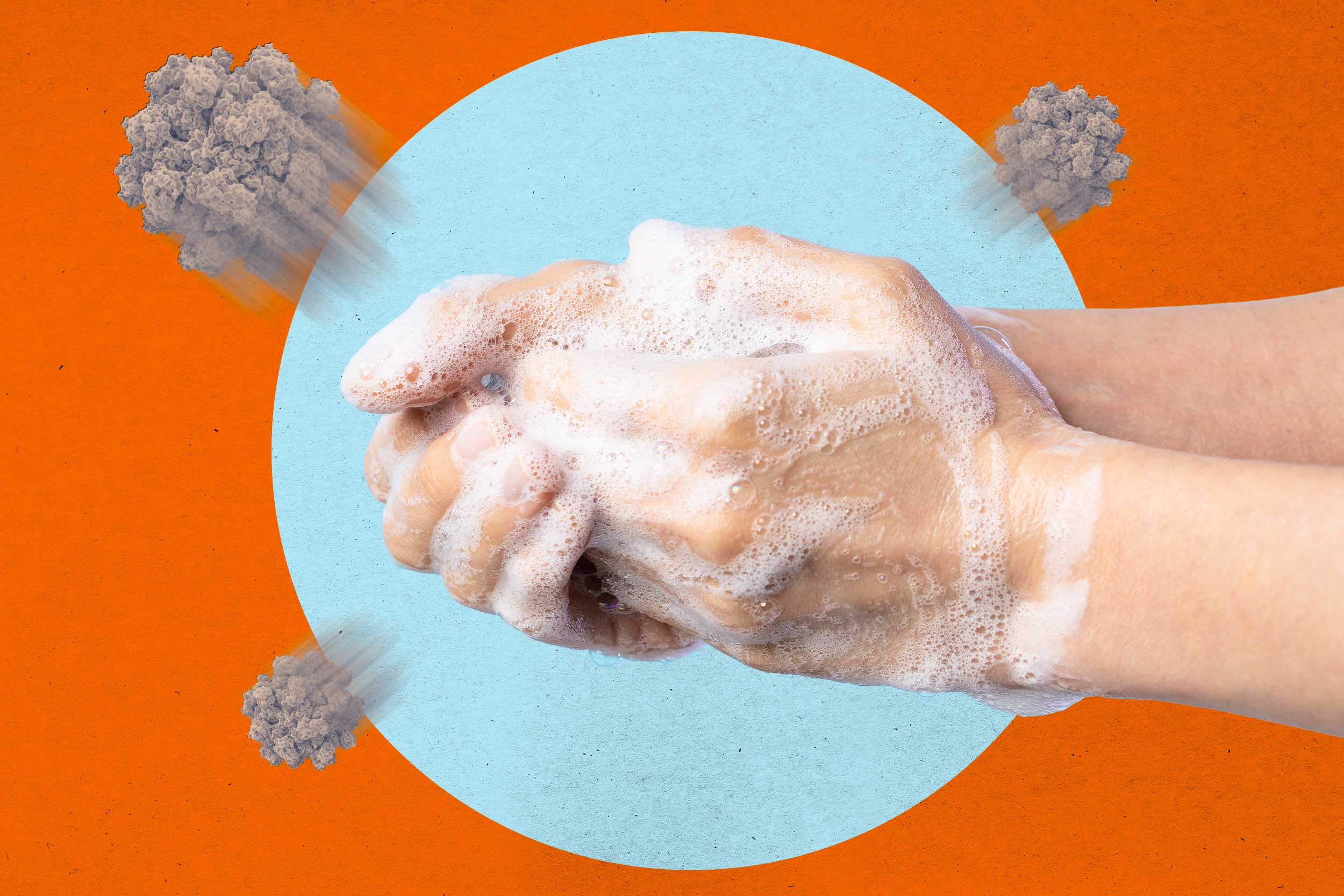You wouldn’t wish it on anyone.
That’s what University of Virginia infectious diseases expert Dr. William Petri has to say about norovirus, the nasty stomach bug that has been tearing across the country and through cruise ships.
The Centers for Disease Control and Prevention estimate up to 21 million people are infected with the virus each year. It began a major surge in the United States ahead of the holidays. The CDC reports there are about 2,500 outbreaks in the country annually.
Petri says it’s a nasty, highly infectious bug. He told UVA Today how the virus works, what to expect if you fall ill, how to take care of yourself and the best way to avoid getting sick.
Q. What is it?
A. Norovirus is an RNA virus. It’s a so-called “plus-strand RNA virus,” which means that the RNA can be translated directly into protein. COVID, for example, is a plus-strand RNA virus. But the big difference between COVID and norovirus is that COVID has a lipid membrane around the virus, which you can easily destroy with alcohol wipes and things like that. Whereas norovirus has a protein capsid (or seal), and all the RNA is inside of it, almost like the Death Star out of “Star Wars” or something. It’s hard to destroy.
Q. How is it spread?
A. It’s person-to-person spread. So, wherever you have people who are in crowded environments. That includes hospitals, long-term care units, schools, preschools, cruise ships. People can spread it person-to-person through handshakes. You get the infection by ingesting something that was contaminated with feces, and that could be by shaking someone's hand and then licking your finger. That could be lettuce that was prepared by a food handler who has norovirus. It can take as few as 18 virus particles to cause an infection.
Q. There is so much news coverage about it right now. Is it worse this year?
A. There’s a new norovirus strain now. That’s important because immunity against one genotype or strain of norovirus does not provide perfect protection against another one.
Q. What happens when you get it, how long does it typically last and what are the symptoms?

Dr. William Petri is the Wade Hampton Frost Professor of Medicine. In 2024, the National Institutes of Health awarded him a five-year, $2.4 million grant renewal to continue studying a water-borne parasitic disease that causes diarrhea in young children in Bangladesh. (University Communications photo)
A. You usually will become symptomatic between 12 to 48 hours after ingesting the virus. You get horrible nausea, vomiting and diarrhea. The only good part about that is it resolves within two to three days.
You feel like you would like to die, but you don’t die. You recover unless you’re an immunocompromised individual or a small child in a low- to middle-income country like the children that I follow in Bangladesh, where norovirus is responsible for an estimated 100,000 to 200,000 deaths a year.
Q. What can people do to feel better if they get norovirus, and when do you know when you need to go to the hospital?
A. The most important thing you do for yourself is to keep up with the fluid losses. You vomit and then you feel better for a while. That’s probably the time to get caught up on fluids. Have someone go out and get you some ginger ale or some Gatorade.
If you can’t hold fluids down, what’s going to happen is you’re probably going to become dehydrated. That’s a reason to come in (to the hospital) because in that situation, intravenous fluids are just such amazing things.










